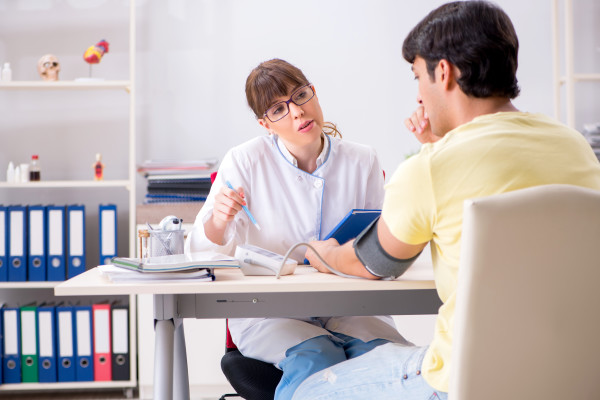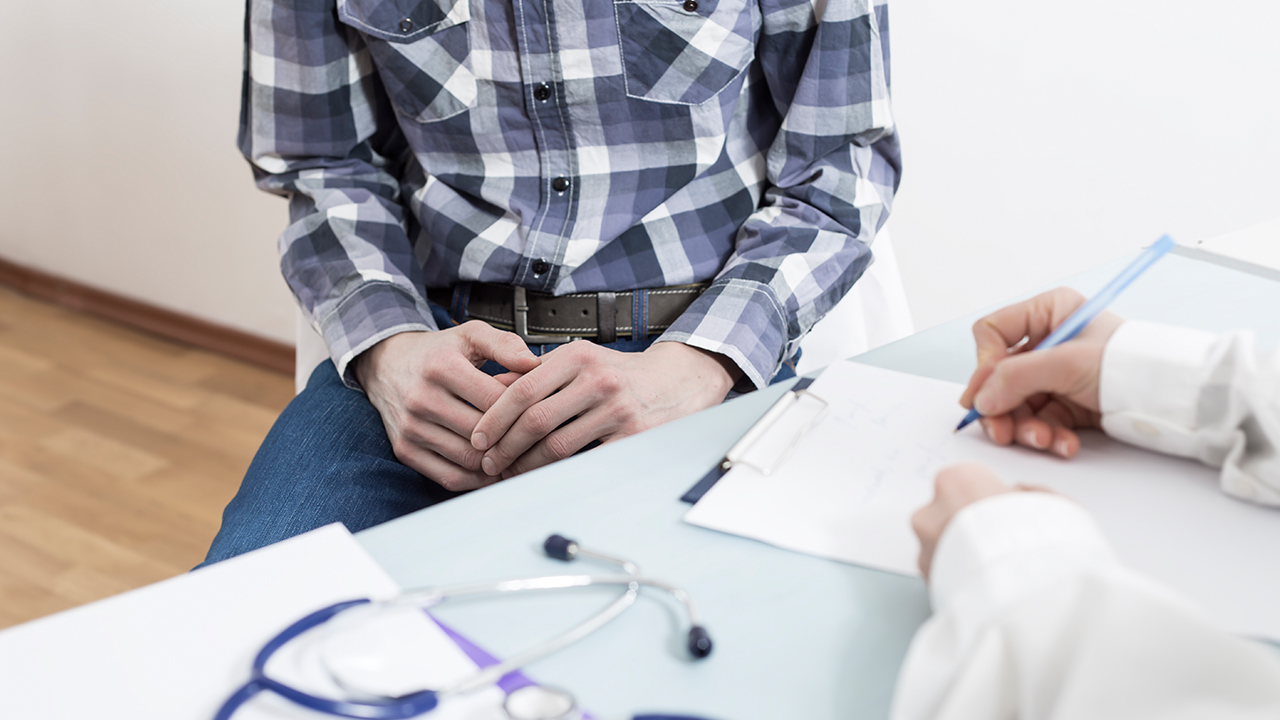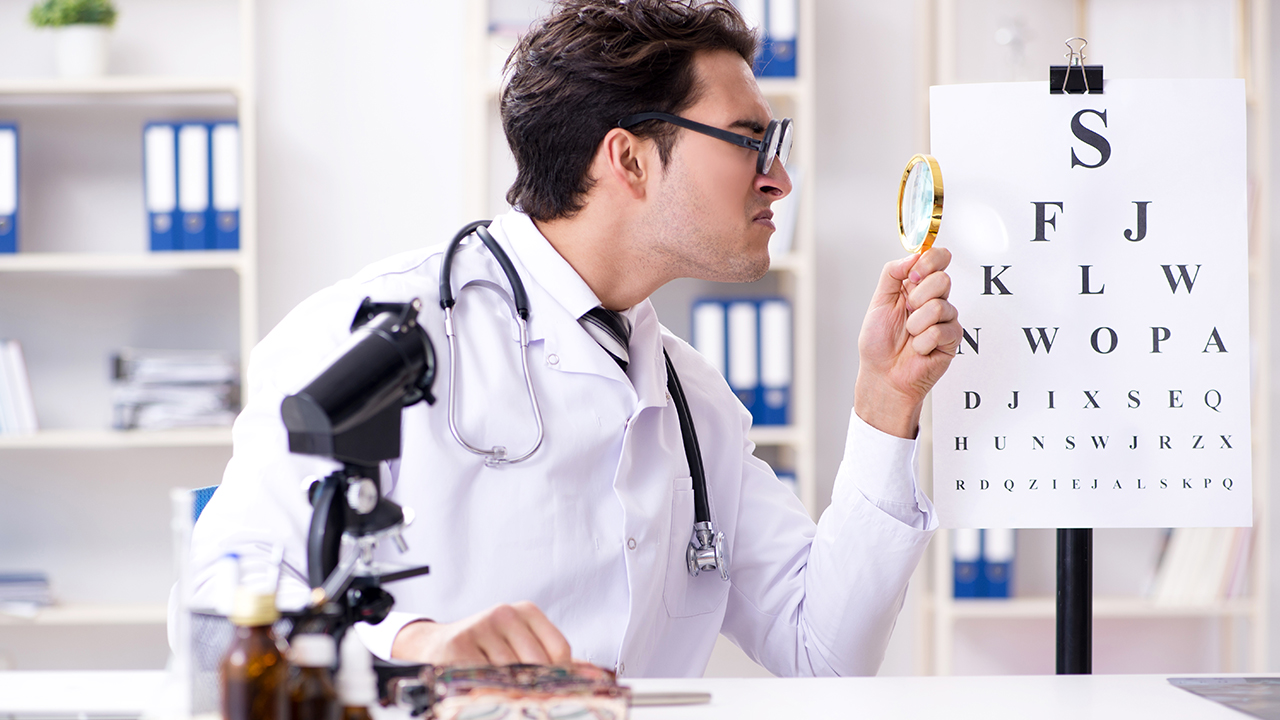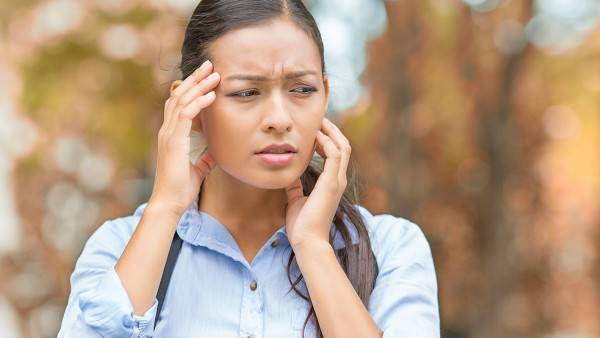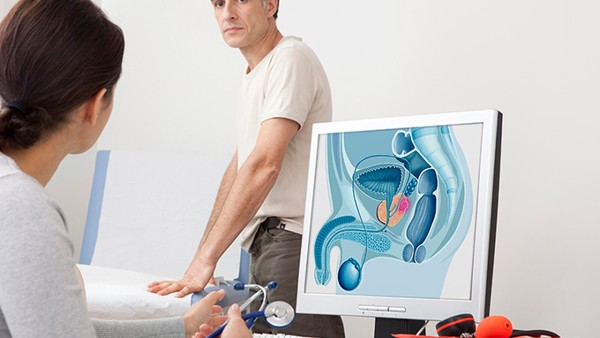Eye Drops for Dry Eye Disease
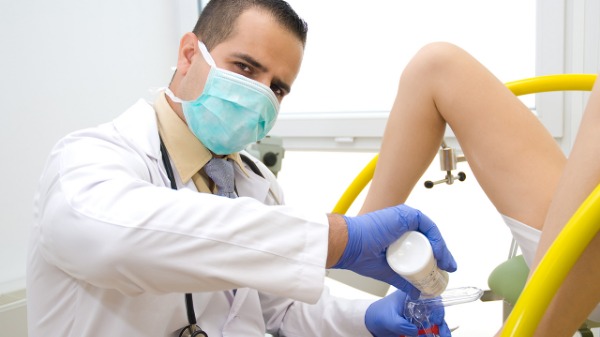
Dry eye disease (DED) is a common condition that occurs when the eyes do not produce enough tears, or when the tears evaporate too quickly. This can cause a variety of symptoms, including:
Irritation
Burning
Stinging
Itching
Redness
Blurred vision
DED can be caused by a variety of factors, including:
Aging
Certain medical conditions, such as rheumatoid arthritis and thyroid disease
Medications, such as antihistamines and decongestants
Environmental factors, such as dry air and wind
Contact lens wear
Treatment for DED typically involves using eye drops to lubricate the eyes. There are a variety of different types of eye drops available, and the best type for you will depend on the severity of your symptoms.
Over-the-Counter Eye Drops
Over-the-counter (OTC) eye drops are available without a prescription. They are typically used to treat mild to moderate DED. OTC eye drops contain a variety of ingredients, including:
Artificial tears
Lubricants
Demulcents
Artificial tears are the most common type of OTC eye drop. They are designed to mimic the natural tears produced by the eyes. Lubricants are thicker than artificial tears and can provide longer-lasting relief. Demulcents are thick, oily liquids that can help to seal in moisture.
Prescription Eye Drops
Prescription eye drops are available for more severe cases of DED. They contain a variety of different ingredients, including:
Cyclosporine
Tacrolimus
Loteprednol
Lifitegrast
Cyclosporine and tacrolimus are immunosuppressive drugs that can help to reduce inflammation in the eyes. Loteprednol is a corticosteroid that can also help to reduce inflammation. Lifitegrast is a new medication that has been shown to be effective in treating DED.
How to Use Eye Drops
To use eye drops, follow these steps:
1. Wash your hands.
2. Tilt your head back and gently pull down your lower eyelid.
3. Hold the bottle of eye drops upside down and squeeze one drop into your eye.
4. Close your eye and gently massage the inner corner of your eye for 30 seconds.
5. Repeat steps 2-4 for your other eye.
Side Effects of Eye Drops
Eye drops can cause a variety of side effects, including:
Blurred vision
Stinging
Burning
Itching
Redness
Watering
These side effects are usually mild and temporary. However, if you experience any severe side effects, stop using the eye drops and contact your doctor.
When to See a Doctor
If you have symptoms of DED, see your doctor. DED can be a sign of a more serious underlying condition, such as rheumatoid arthritis or thyroid disease. Your doctor can help to diagnose the cause of your DED and recommend the best treatment plan for you.
The above is all the content that the editor wants to share with you. I sincerely hope that these contents can bring some help to your life and health, and I also wish that your life will be happier and happier.
Topic: #for #drops #eye
